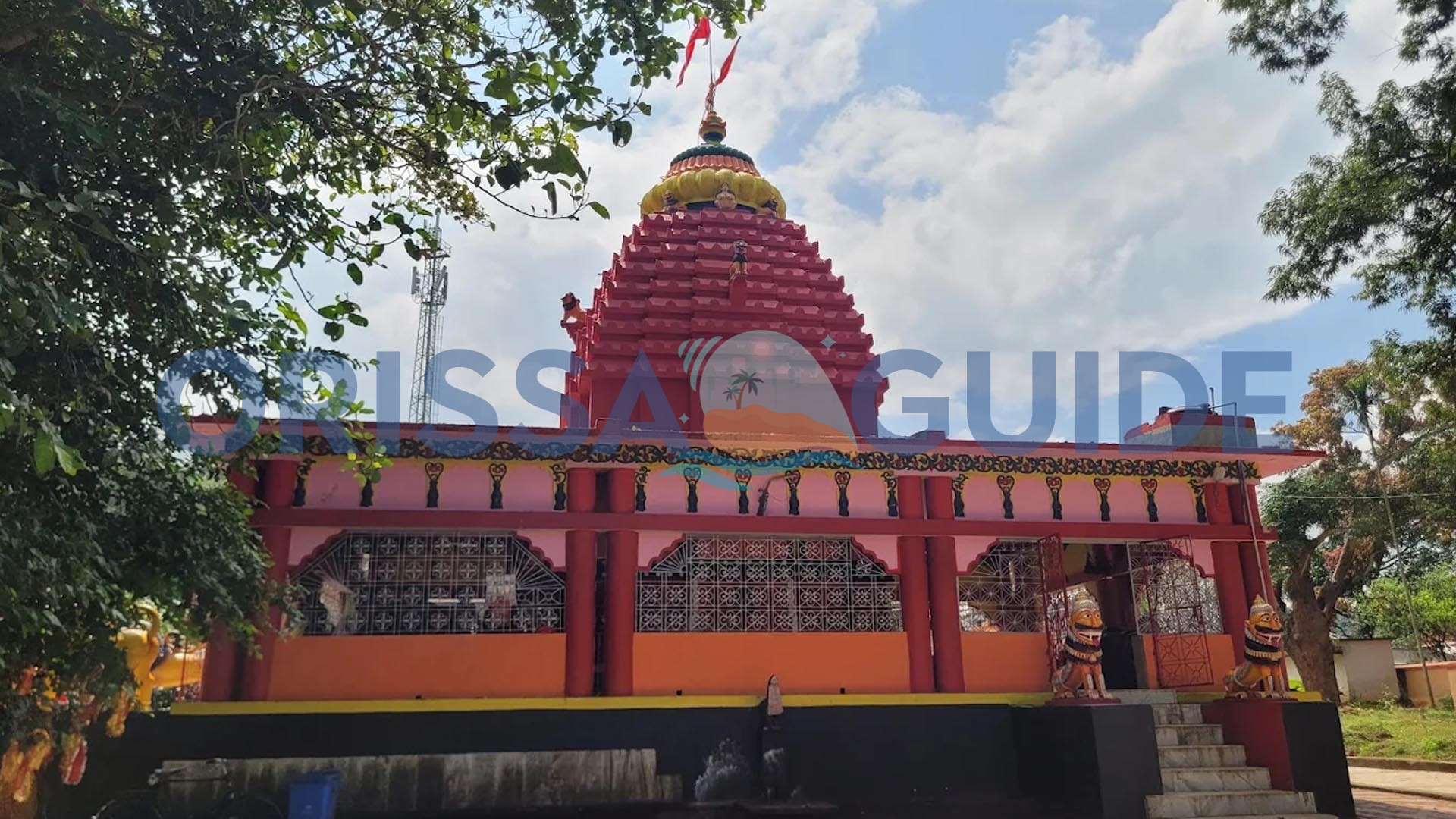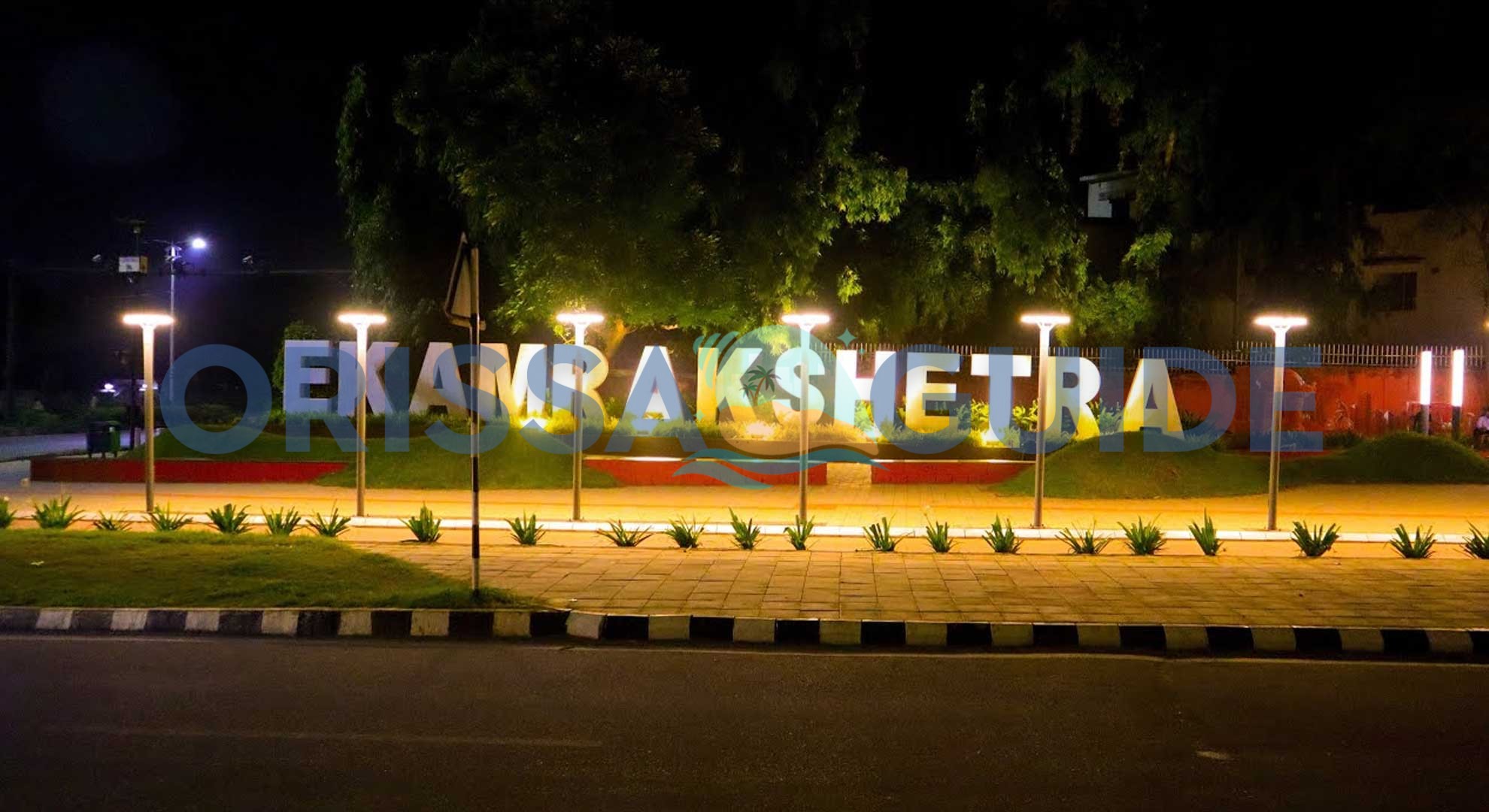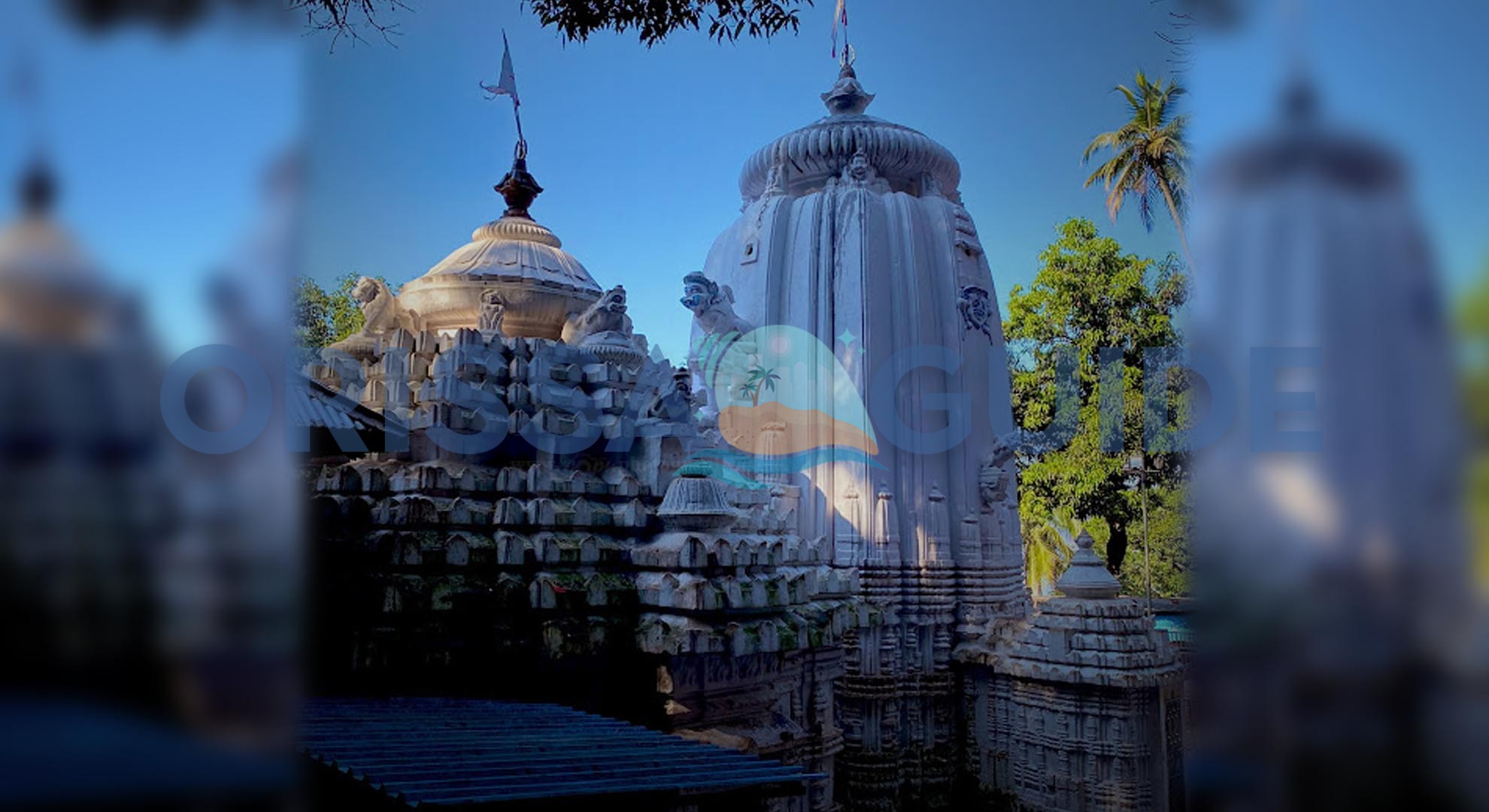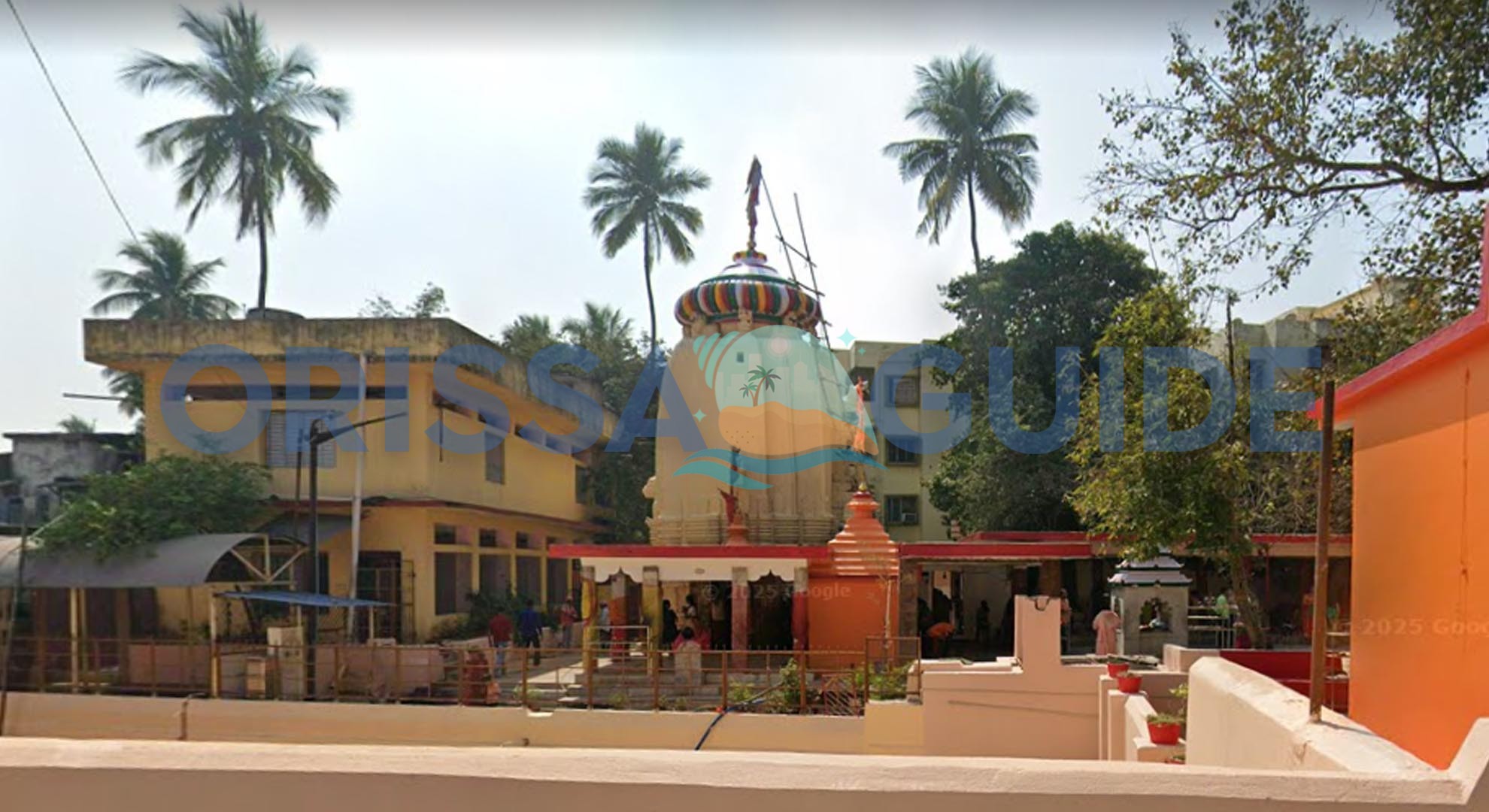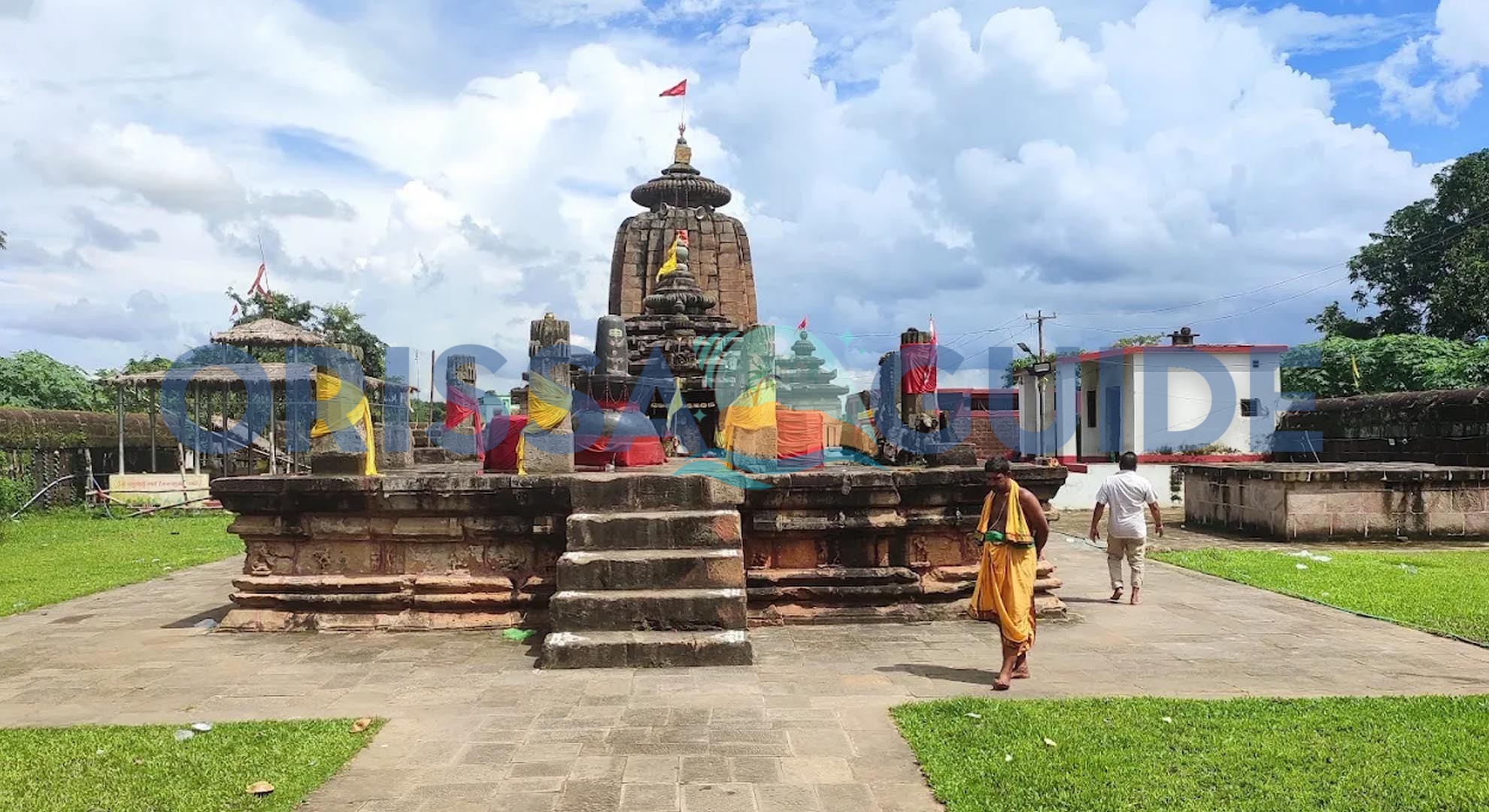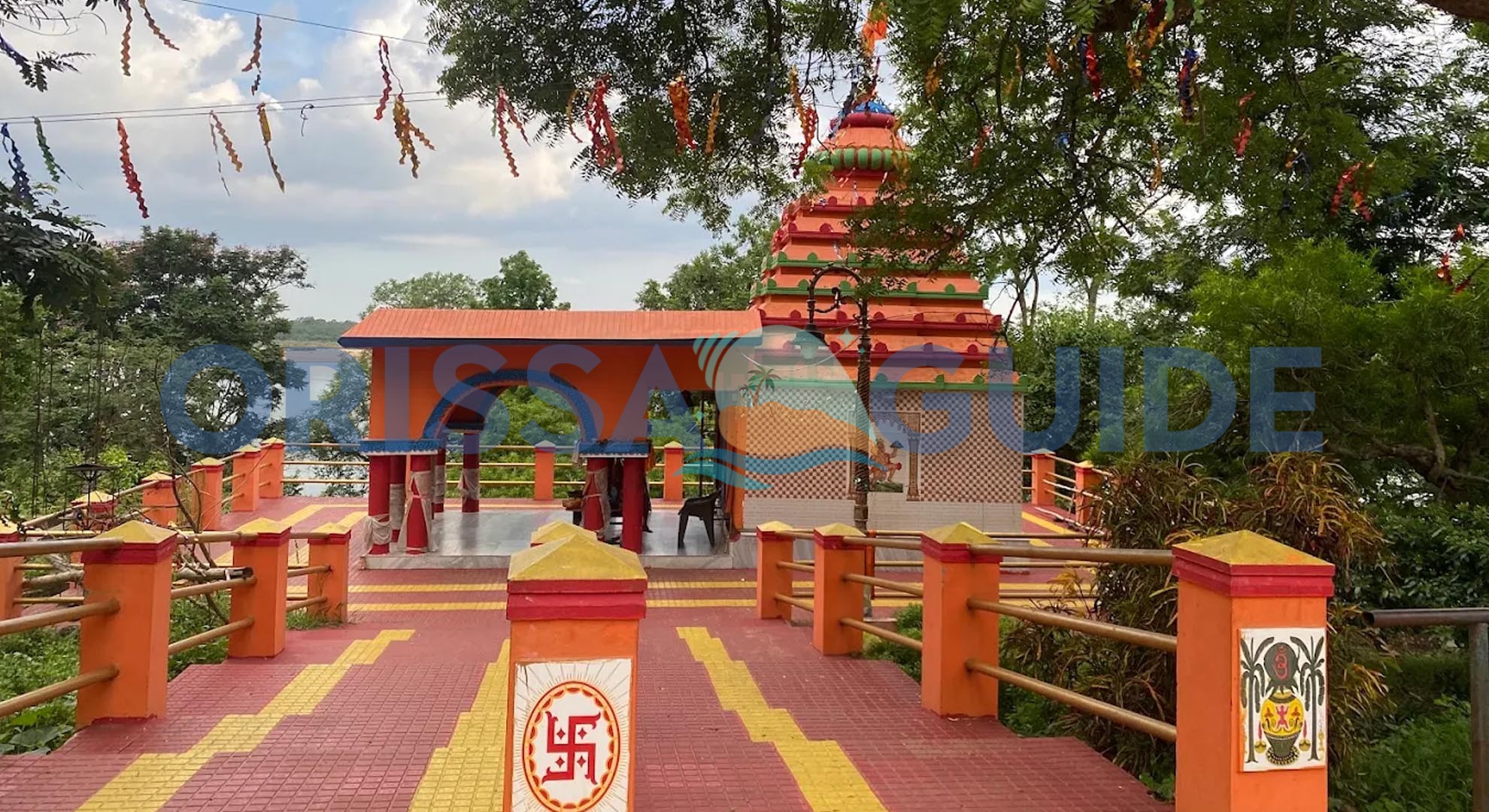Located in the spiritual center of Bhubaneswar, the Devasabha Temple showcases the unique historical heritage of Odisha. Believed to be hundreds of years old, this old temple is a wonderful example of classical Kalinga architecture. The temple is dedicated to Hindu deities and is a place of pilgrimage, as well as historical interest and significance.
Situated near a number of other historic temples, the Devasabha Temple provides visitors a restful retreat of spirituality. With its finely-carved stonework and exceptional multi-tiered spires, the Devasabha Temple showcases the working skill of Odisha’s artisans. Whether you are on the temple trail or just simply seeking the blessings of the divine, this sacred temple should be an important part of your itinerary.
Key Features – Devasabha Temple
- Ancient Heritage – A historic temple dating back centuries, showcasing Odisha’s rich cultural past.
- Kalinga Architecture – Built in the classic Kalinga style, featuring a pyramidal spire (vimana) and intricate stone carvings.
- Intricate Sculptures – Walls adorned with detailed carvings of deities, mythological scenes, and floral motifs.
- Spiritual Significance – A revered Hindu temple hosting daily rituals, festivals, and religious ceremonies.
- Serene Atmosphere – Less crowded than other Bhubaneswar temples, offering a peaceful spiritual experience.
- Prime Location – Situated in Bhubaneswar’s temple circuit, close to Mukteshwar Temple and Rajarani Temple.
- Free Entry – Open to all visitors without any entry fee.
- Festive Celebrations – Special events during Shivaratri, Kartik Purnima, and other Hindu festivals.
- Photography-Friendly – Allows visitors to capture the temple’s stunning architecture and carvings.
- Heritage Preservation – Maintained by authorities to protect its historical and architectural value.
Architectural Marvel of Devasabha Temple
The Devasabha Temple has a pyramidal roof and a beautiful collection of carved rock sculptures, and in a very eloquent way, represents Kalinga architecture. The outside walls of the Devasabha Temple are elaborately carved in the form of mythological episodes, floral patterns, and celestial figures, telling a divine story. The sanctum sanctorum of the temple houses the deity, surrounded by elegantly carved pillars and an entrance formed by these pillars to the sanctum.
On the other hand, with a much smaller temple like Devasabha, it invites a more intimate example of temple building practice in Odisha, compared to somewhere like Lingaraja temple. Additionally, the stone masonry work of the Devasabha Temple was superb and nearly perfect in symmetry, making an excellent example for research on the architectural attributes of stone masonry.
Religious Significance of Devasabha Temple
The Devasabha Temple is an important source of spiritual energy for a large local Bangladeshi constituency. It hosts rituals every day, including morning aarti and evening puja, resulting in a charged atmosphere. The energy is at its peak during the yearly celebrations of Shivratri and Kartik Purnima, when thousands of Hindus come to the shrine to partake in various rituals and festivities. The calming surroundings contribute to the qualities of the shrine and make meeting oneself quite easy.
Visitor Experience at Devasabha Temple
Tourists who make a trip to Devasabha Temple may discover it is not a wasted effort. The best time to visit is most likely during the winter months (October to March), as there will be nicer weather. Entry is free, and visitors may also have the option of visiting sites in the surrounding area such as the Mukteshwar Temple and Rajarani Temple. The temple and its surroundings are a nice escape from the busy life of the city.
Preservation and Cultural Importance
The efforts of the Archaeological Survey of India (ASI) and their protection of Devasabha Temple as preserved heritage are to be applauded, and this is particularly true because of the greater historical and artistic value and significance that it confers to the almanac of Odisha’s cultural identity. However, the visit is not only about spirituality, but also to witness India’s architectural heritage.



